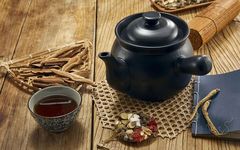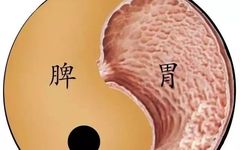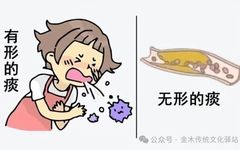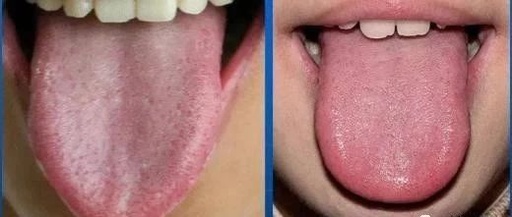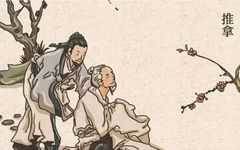The Importance of Traditional Chinese Medicine Decoction: Effective Usage
Click Above Text Follow Us Traditional Chinese Medicine (TCM) has long been recognized for its precise therapeutic effects, often leading to quick recovery. With the introduction of Western civilization, the promotion of “scientification” and “standardization” has influenced our TCM practices. This does not imply that scientification and standardization are incorrect; rather, they should be applied … Read more

